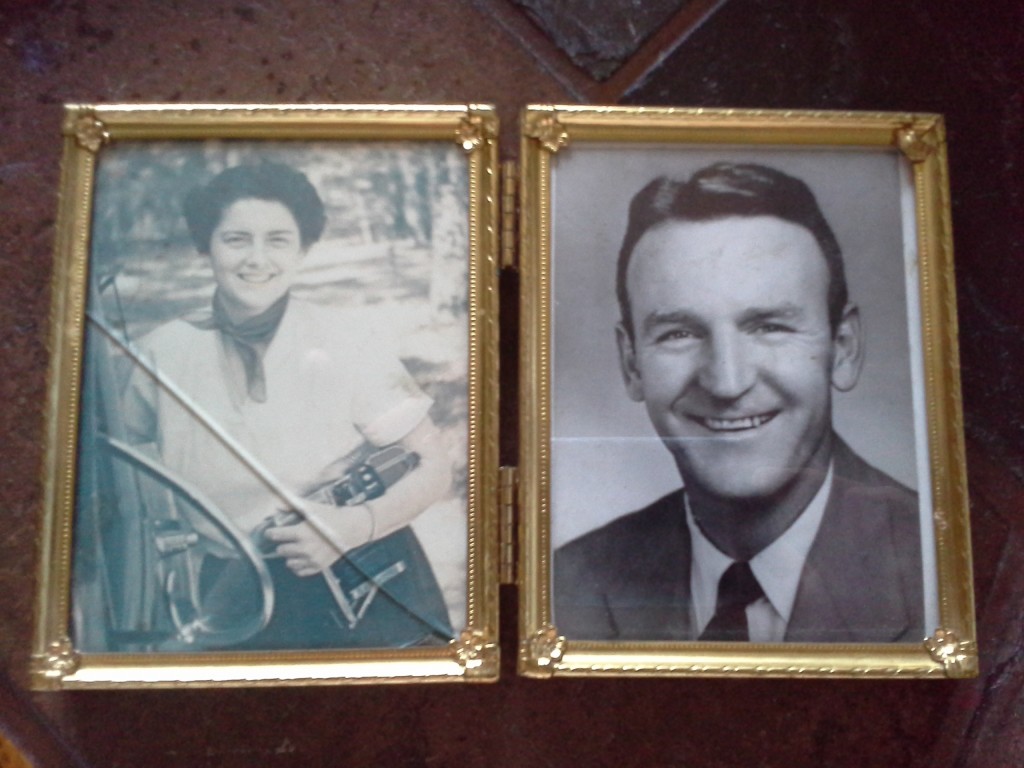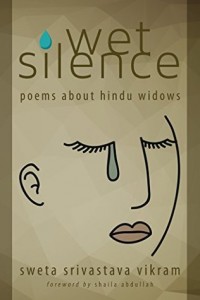 How many ways can you write about widowhood? In Wet Silence: Poems about Hindu Widows, Sweta Srivastava Vikram explores every nuance of what life is like for a Hindu widow in India. It’s as much a human exploration as a cultural one as Vikram delves into the aftermath of the complex relationships that underlie arranged marriages. Some of the widows in this collection are devastated that their beloved husbands have passed. Others rejoice in their new freedom from abuse and adultery. Still others face new complications in their relationships with the families to which they have now become burdensome.
How many ways can you write about widowhood? In Wet Silence: Poems about Hindu Widows, Sweta Srivastava Vikram explores every nuance of what life is like for a Hindu widow in India. It’s as much a human exploration as a cultural one as Vikram delves into the aftermath of the complex relationships that underlie arranged marriages. Some of the widows in this collection are devastated that their beloved husbands have passed. Others rejoice in their new freedom from abuse and adultery. Still others face new complications in their relationships with the families to which they have now become burdensome.
Marriage in India
Indian marriages are still predominantly arranged by the families of the bride and groom. Although there’s an increasing trend toward the couple having a say in the choice, that is not always the case. The result is sometimes a lasting bond where two people come to know and love each other inside a marriage they have been committed to by their families and culture, and sometimes the result is a very unhappy couple who cannot face the shame of divorce (which carries a much deeper burden of stigma than in the US).
Wet Silence explores the aftermath of both types of marriages from the “rum handprints” of “Wet Silence” to the “touch gentle as velvet” of “My Husband is Leaving”. We also meet servant girls others who lost lovers not strictly their husbands.
I water my memory of you—
it is all I have of youalong with your empty words
in the home we never built
where the mosquitoes feast on my skin.
– Sweta Vikram, “I Water My Memory of You”
Indian Widows
Visiting India last fall, it was easy to spot the widows (at least those who adhered to tradition). In a country full of bright colors, they wear white. They no longer wear jewelry or red vermilion (one of the signs of a married woman) in the parts of their hair. And their heads are sometimes shaven. They eat a restricted diet and are considered burdens to their families and bad luck to the world at large.
This removal of all that is feminine says a lot about the status of women in India and Wet Silence takes the reader inside that restricted world on an intimate level. Each poem contains a first person narrative by a widow and the book as a whole is the result of a series of interviews Vikram conducted with Indian widows.
Clarity vs. Abstraction of Language
In Great With Child, Beth Ann Fennelly recounts some writing advice she received where a poet told her about a city that experimented with blue taxis that had a more expensive fare but took you straight to your destination and red taxis with a cheaper fare that meandered. “Take the red taxi” he advised her about her poetry. The degree of directness is a choice every poet, really every writer, must make for themselves. One of my favorite moments of abstraction in Vikram’s poetry is in the poem “Pretense”:
When I hear belts unbuckle,
I say your name to taste you.
The sound cuts
through my brown flesh,
I become wounded again.
The abuse this woman must have suffered is present in the poem, but lingers perfectly in the background where we as readers can fill in our own details. Overall in Wet Silence, Vikram takes a more blue taxi approach—giving us straightforward poems that allow insight into what is for most of us a foreign culture. But I sometimes wish she’d meandered more—found more of a way to reach into the feeling of these widows’ experiences to find the inexpressible. Easy for me to say, I strive to take the red taxi but most of the time feel like a veteran driver of the blue.
If you’re interested to know more about the lives of women in India and like more direct poetry, Wet Silence might be just the book for you. But if you’re looking for a transformative linguistic experience that still explores the Indian experience, I’d recommend Bhanu Kapil’s Schizophrene instead.
To get your own insight into the experience of widowhood in India, pick up a copy of Wet Silence, from Powell’s Books. Your purchase keeps indie booksellers in business and I receive a commission.
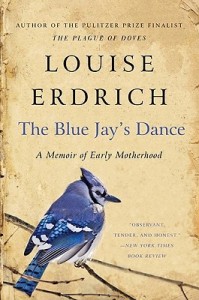 I’ve written more extensively about this book
I’ve written more extensively about this book 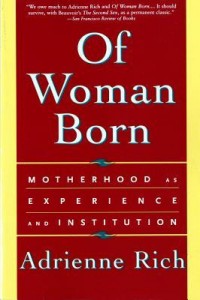
 One of the blurbs on this book reads, “The best book ever to give for a baby shower” and I am so grateful that a writer friend gave me a copy at one of my baby showers. Originally written as a series of letters from Beth Ann Fennelly (then a newish parent) to a dear friend, it’s easy to feel like you are the dear friend as you read Fennelly’s stories about parenting and gentle advice. Advice is such a tricky thing for the pregnant woman (it’s everywhere but so rarely does an advisor allow space for the advisee’s experience rather than rehashing theirs) and Fennelly gets it just right. This poet writes beautifully about everything from conception to labor, with the occasional book recommendation along the way.
One of the blurbs on this book reads, “The best book ever to give for a baby shower” and I am so grateful that a writer friend gave me a copy at one of my baby showers. Originally written as a series of letters from Beth Ann Fennelly (then a newish parent) to a dear friend, it’s easy to feel like you are the dear friend as you read Fennelly’s stories about parenting and gentle advice. Advice is such a tricky thing for the pregnant woman (it’s everywhere but so rarely does an advisor allow space for the advisee’s experience rather than rehashing theirs) and Fennelly gets it just right. This poet writes beautifully about everything from conception to labor, with the occasional book recommendation along the way.
 Picking up Alphabet by Kathy Page, I had no idea what to expect. I hadn’t read the back or the press release that accompanied my review copy. For all I knew, it was some experimental work based entirely on word play. It wasn’t, the narrative and language are much more conventional than that, but I’m so glad I went into this book blind because it allowed me that rare chance to encounter the story and the characters on the author’s terms with all the craft of reveal that entails. So if you want to read this excellent book as blind as I did, stop reading here. Trust me, it’s worth it.
Picking up Alphabet by Kathy Page, I had no idea what to expect. I hadn’t read the back or the press release that accompanied my review copy. For all I knew, it was some experimental work based entirely on word play. It wasn’t, the narrative and language are much more conventional than that, but I’m so glad I went into this book blind because it allowed me that rare chance to encounter the story and the characters on the author’s terms with all the craft of reveal that entails. So if you want to read this excellent book as blind as I did, stop reading here. Trust me, it’s worth it. How many times in life do we really get to devote ourselves to tomes anymore? One of the projects I’ve been working on as I prepare to have my first child is getting through my to-read shelf, and, not surprisingly, some of the thickest hardbacks are the very last ones I’m getting to. That includes The Selected Short Stories of Edith Wharton (390 pages) and a collection of five novels by Henry James (Daisy Miller, Washington Square, The Portrait of a Lady, The Bostonians, and The Aspern Papers) (892 pages). Admittedly, I’m still working on the James collection, but after facing a truly embarrassing confusion between the two writers, I knew I had to write about it here.
How many times in life do we really get to devote ourselves to tomes anymore? One of the projects I’ve been working on as I prepare to have my first child is getting through my to-read shelf, and, not surprisingly, some of the thickest hardbacks are the very last ones I’m getting to. That includes The Selected Short Stories of Edith Wharton (390 pages) and a collection of five novels by Henry James (Daisy Miller, Washington Square, The Portrait of a Lady, The Bostonians, and The Aspern Papers) (892 pages). Admittedly, I’m still working on the James collection, but after facing a truly embarrassing confusion between the two writers, I knew I had to write about it here.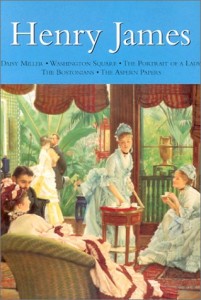 Was that biographical snippet included here just to absolve myself of the embarrassment I’m still feeling over conflating the two writers? Maybe. What happened was that late one night I started reading The Portrait of a Lady and, having watched more film adaptations of the work of Wharton and James than there could ever be books, I assigned Winona Ryder to the character of Isabel Archer. I was a little confused that the story was taking place on the wrong continent (in England) and eventually started to get annoyed that the introduction was so very long and became impatient to see the character of Countess Olenska.
Was that biographical snippet included here just to absolve myself of the embarrassment I’m still feeling over conflating the two writers? Maybe. What happened was that late one night I started reading The Portrait of a Lady and, having watched more film adaptations of the work of Wharton and James than there could ever be books, I assigned Winona Ryder to the character of Isabel Archer. I was a little confused that the story was taking place on the wrong continent (in England) and eventually started to get annoyed that the introduction was so very long and became impatient to see the character of Countess Olenska. When I pulled I Married Adventure with its rough, zebra-printed cover from my rapidly-thinning to-read shelf this week, I did it because I remember my dad loving the book. I remember how he’d buy copies and sell them along with his other Africana at gun shows. I remembered entering and re-entering that book into his sales database back when Lotus 1-2-3 was a thing.
When I pulled I Married Adventure with its rough, zebra-printed cover from my rapidly-thinning to-read shelf this week, I did it because I remember my dad loving the book. I remember how he’d buy copies and sell them along with his other Africana at gun shows. I remembered entering and re-entering that book into his sales database back when Lotus 1-2-3 was a thing.
